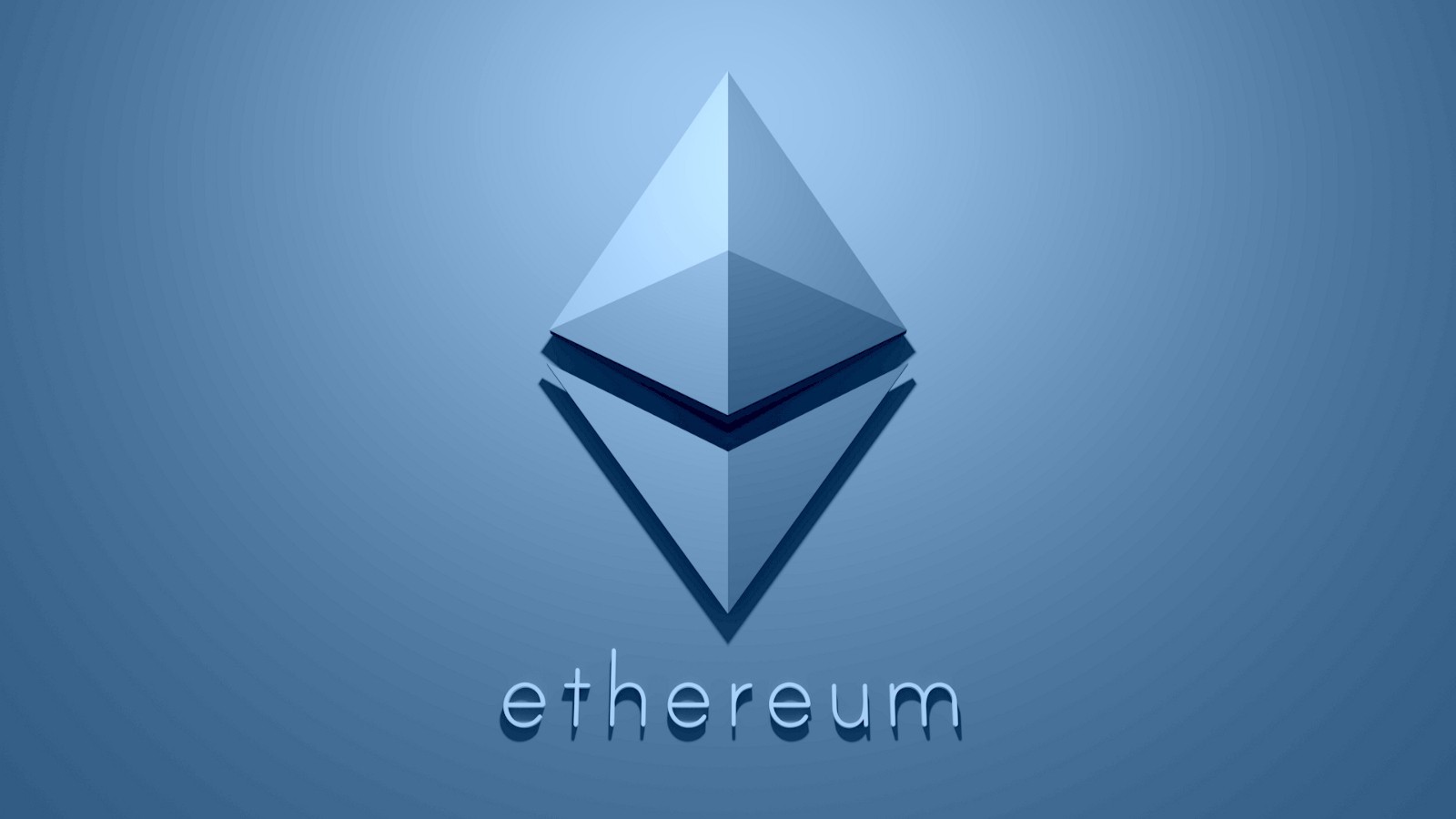Check Ethereum transactions – It is simple to see wallet addresses, check transactions, and view balances using Ethereum-based applications like Etherscan. If you are unfamiliar with the Ethereum ecosystem, navigating it might be challenging.
The best place to start is by being familiar with the principles of Ethereum transactions, especially how to trace them. Therefore, if you are already familiar with how to make and receive transactions, why not take it a step further by learning how to verify the status of your transactions and keep tabs on the costs you incur?
Whatever your cryptocurrency-related interests, there’s a good chance you’ll interact with the Ethereum blockchain at some point. After all, some of the most popular platforms, currencies, and services in the market are part of its ecosystem.
Given this, it is quite sensible to have a foundational knowledge of how to maintain track of your Ethereum-based actions.
Know your confirmation status
ETH transactions typically take between 15 seconds and 5 minutes to complete, depending on the transaction fee you pay and the network’s current level of congestion.
Your transaction is initially registered in Ethereum’s mempool before being picked up by validators and placed onto the blockchain with the proof-of-work Ethereum blockchain. Consider the mempool as a place where pending transactions are stacked up.
Once a validator adds the data to a block and adds the block to the blockchain, a transaction is finished. Although it should go without saying, it is best to wait until six more blocks have been mined and appended to the block where your transaction was recorded. Your transaction is considered to be finalized and irrevocable at this point.
A sequence of blocks carrying transaction information makes up the blockchain, so keep that in mind. The blockchain will briefly split in two if validators add two blocks to the chain at the exact same time.
The second block will ultimately become orphaned (that is, not accepted into the main chain) and become part of the chain that following validators add their freshly produced blocks. Simply said, the primary chain, or the most reliable chain is often accepted to be the longest chain.
You can find out whether your transaction is successful or pending by checking the status of your transaction. Additionally, you can find out how many blocks have been added to the blockchain since your transaction was recorded there.
Learn about Ethereum’s transaction fees
To transfer value and build or utilize a smart contract on the Ethereum network, users must pay a fee. The amount charged to complete each transaction, however, mostly relies on the number of players wishing to execute transactions at any given moment, in contrast to the set cost structure we are used to with conventional payment systems.
Expect the transaction charge to increase in price if demand is high. When demand is low, the situation is the opposite.
Nevertheless, reviewing your transactional information enables you to maintain tabs on the price of utilizing the Ethereum network.
Additionally, you can figure out when your gas fee is insufficient to start the confirmation procedure. This is crucial since it is commonly known that miners favor those transactions that would provide them the biggest reward.
Now that you are aware of how crucial it is to keep track of ETH transactions, let’s discuss the necessary procedures.
How to keep track of your transactions on Ethereum
You might be able to see your transaction history depending on the cryptocurrency wallet you are using that supports Ethereum.
If this is the case, you will probably discover your transactions’ status, the time they were conducted, and other essential details.
However, it is advised to use an Ethereum blockchain explorer, which is the search engine for Ethereum, for a more thorough investigation.
Some of the popular blockchain explorers in the market include:
-
Etherscan.
-
Ethplorer.
-
EthVM.
You will want either your public address or the distinctive identifier of the particular transaction you intend to trace, depending on the blockchain explorer you use. When you have these specifics, go to your preferred Ethereum blockchain explorer to carry out the following actions:
- Click the “Search” button after entering the Transaction ID or public address in the blockchain explorer’s search field.
- You will be brought to an overview of your wallet activity if you input your ETH address. You may access the area that contains your transaction history from this point. You can then see each transaction’s information by clicking on the transaction IDs or hashes.
- You will be sent to the transaction overview page if you have typed the transaction ID into the search field.


